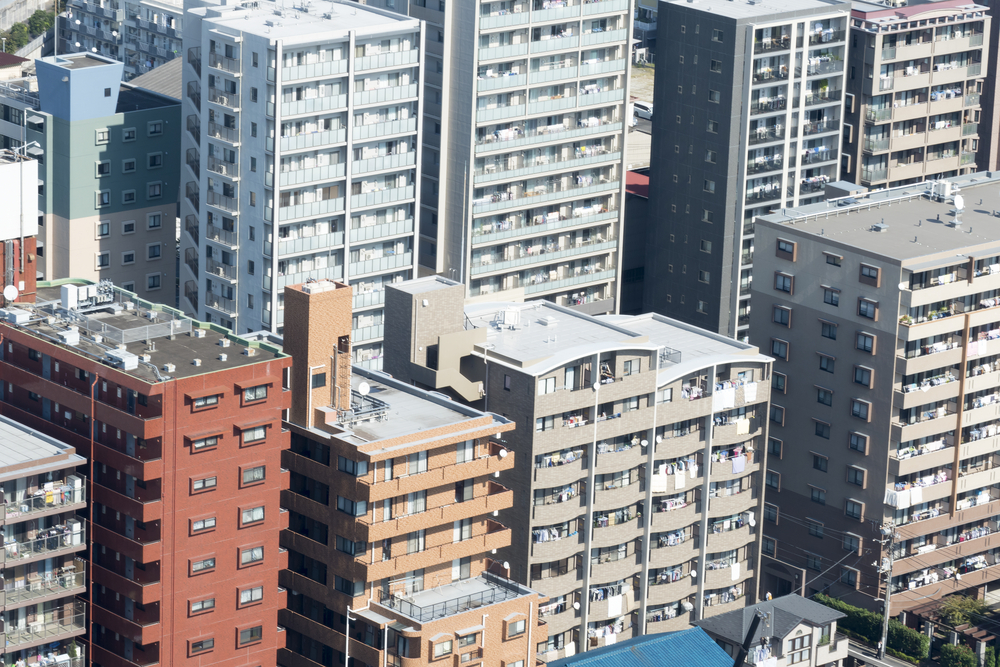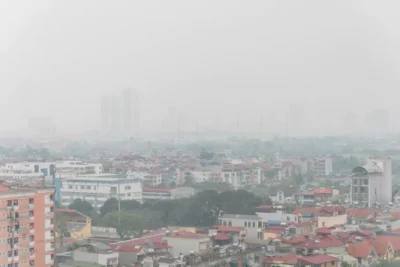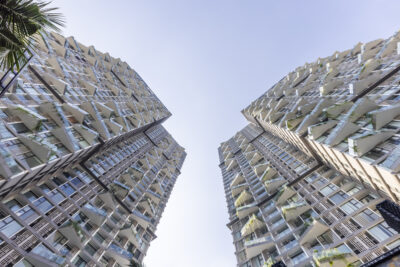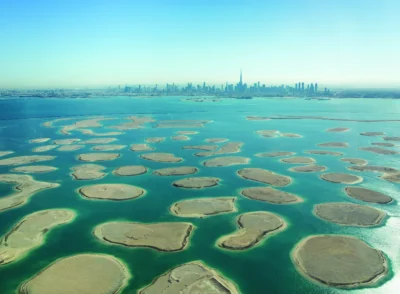Data shows Japanese buyers don’t appear to buy properties outside the city
Buyer behaviour in Tokyo turned out to be a less sensational and more grounded reality in 2020

As news of increasing migration to regional areas due to remote working arrangements become prevalent, new data reveals that buyers did not flee Tokyo for remote locations in 2020, reported Japan Property Central.
According to sales data by REINs and the Real Estate Economic Institute, buying behaviour does not appear to have shifted in Tokyo.
Apartment buyers in the Tokyo area and surrounding districts place a high preference on proximity to the nearest train station. Properties that are over a 10-minute walk are considered relatively ‘far’.
Back in 2010, 63.1 percent of all second-hand apartments sold across greater Tokyo (Tokyo, Kanagawa, Saitama, and Chiba Prefectures) were within a 10-minute walk of the closest train station, and 26.3 percent were an 11 to 20-minute walk. Apartments that required taking a bus to get to the train station contributed 9.6 percent to the total transactions.
Fast-forward to 2020 and the arrival of the pandemic, 67.2 percent of all second-hand apartments sold were within a 10-minute walk from the station, while 24.3 percent were an 11 to 20-minute walk away. The bus-to-train properties accounted for 7.3 percent of transactions.
This shows that proximity to the nearest train station in 2020 was more important than it was a decade ago.
Moreover, property investors also do not appear to be buying apartments much further outside of the city centre.
For a second-hand apartment sold in 2020, the average distance in kilometres from Tokyo Station was 22.6, while in 2010, the average distance was 24.4 kilometres.
There has also been an increasing trend towards investing in larger apartments due to work-from-home arrangements. However, this doesn’t necessarily apply to Tokyo, as apartments in Tokyo and around Japan tend to be small.
The standard size of a three-bedroom apartment is around 70 square metres.
More: Sales of commercial real estate in Japan records at $11.2 billion
Apartments in Japan are typically priced per square metre, making every extra inch count. Developers are reluctant to build larger apartments as higher construction costs mean higher prices for buyers. This particularly might not match with the demand in suburban areas that lack the luxury buyer segment.
To make up for insufficient space, developers have been exploring various layouts such as converting closets into tiny studies or creating co-working spaces in the communal areas.
The Property Report editors wrote this article. For more information, email: [email protected].
Recommended
Hanoi’s air pollution crisis: Balancing urban growth with environmental sustainability
Hanoi’s worsening annual toxic smog is highlighting the pressures of balancing sustainability with rapid economic growth
U.S. tariffs pose challenges to china’s housing market amid economic slowdown
Escalating US tariffs are expected to strain China’s slowing economic growth and dampen buyer confidence, creating trouble for the country’s housing market
Dewan Architects’ Mohammed Adib leads with human-centred design and technological innovation in the Middle East and beyond
Mohammed Adib channels his childhood curiosity and dislike for design uniformity into his work at Dewan Architects + Engineers
UAE real estate shifts focus to sustainability and quality, revitalising iconic projects
The UAE has risen from its challenges to emerge as a more sustainable, quality-focused destination






